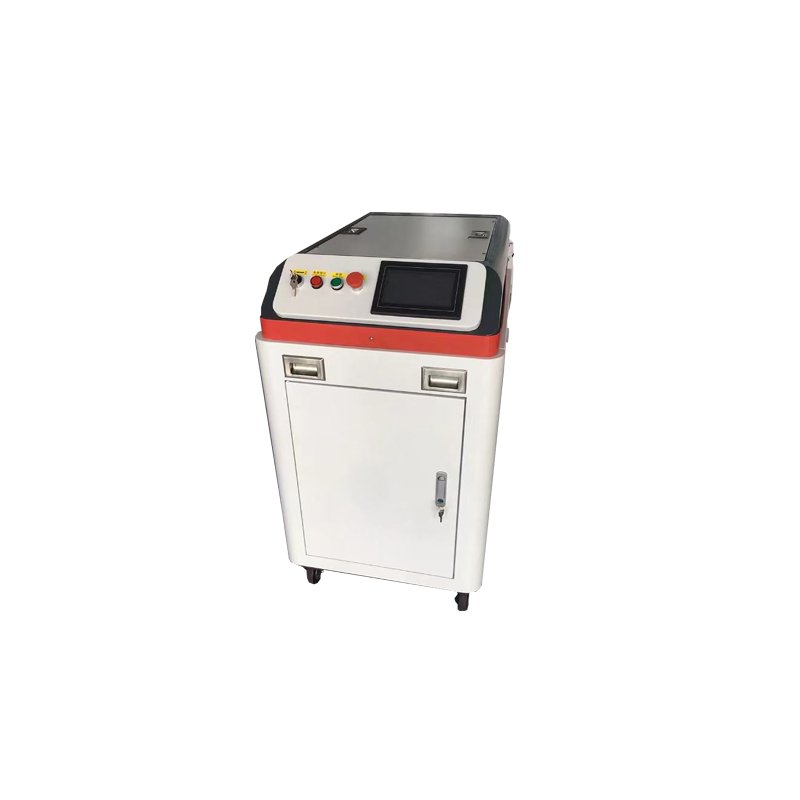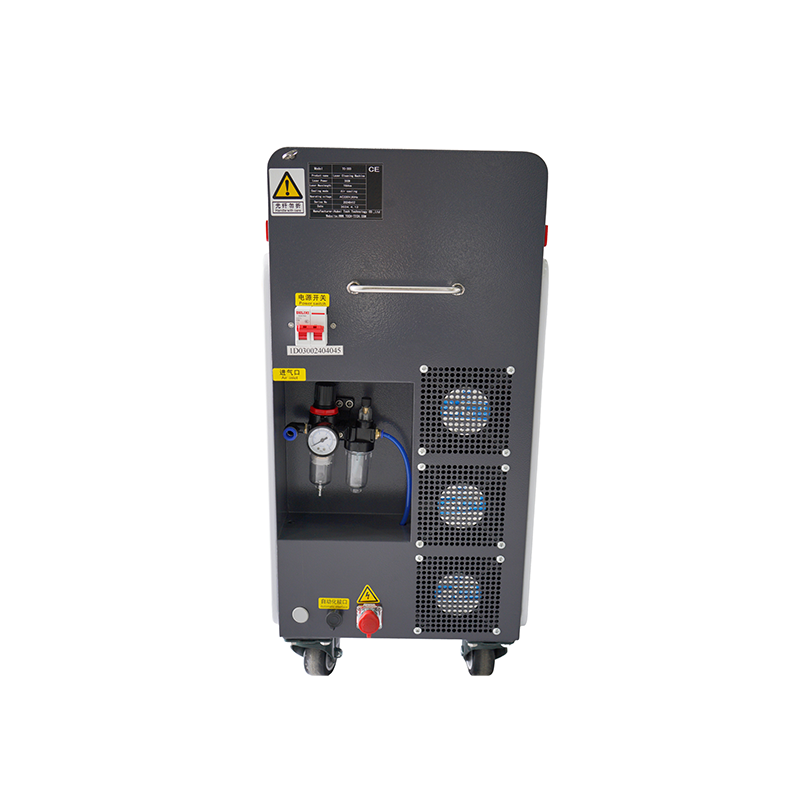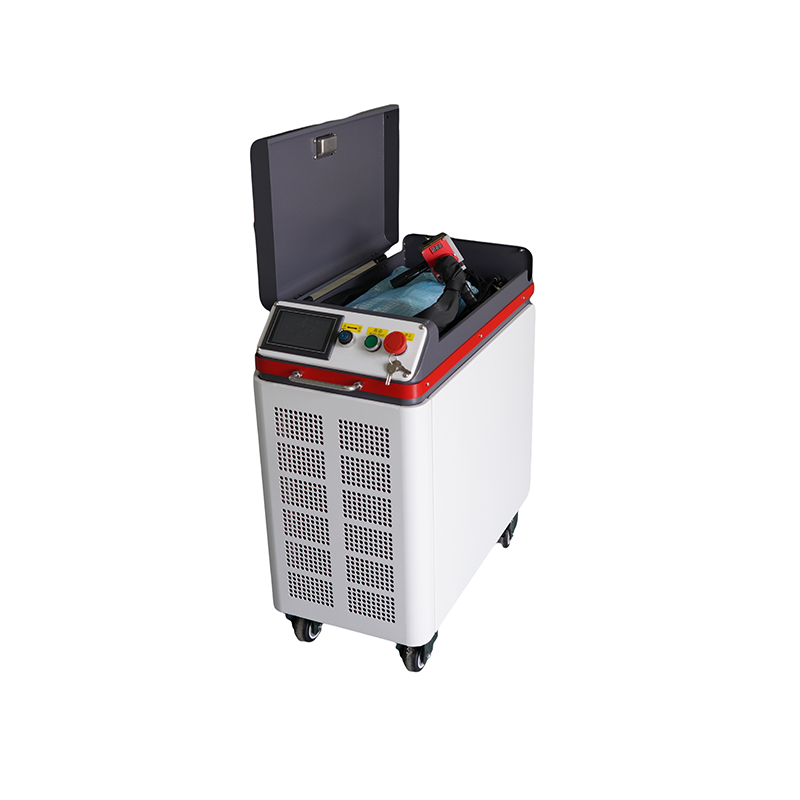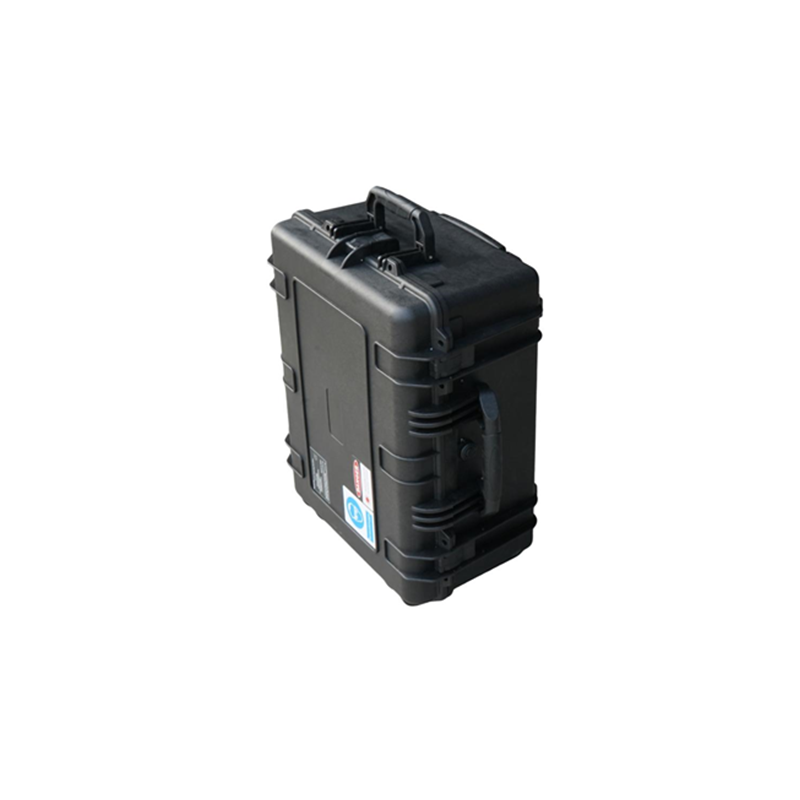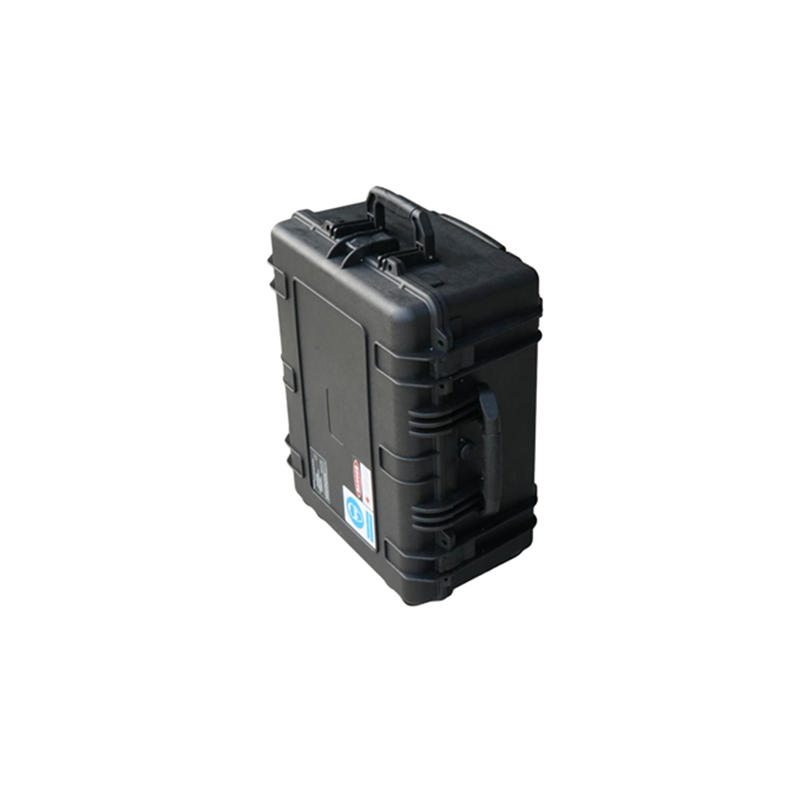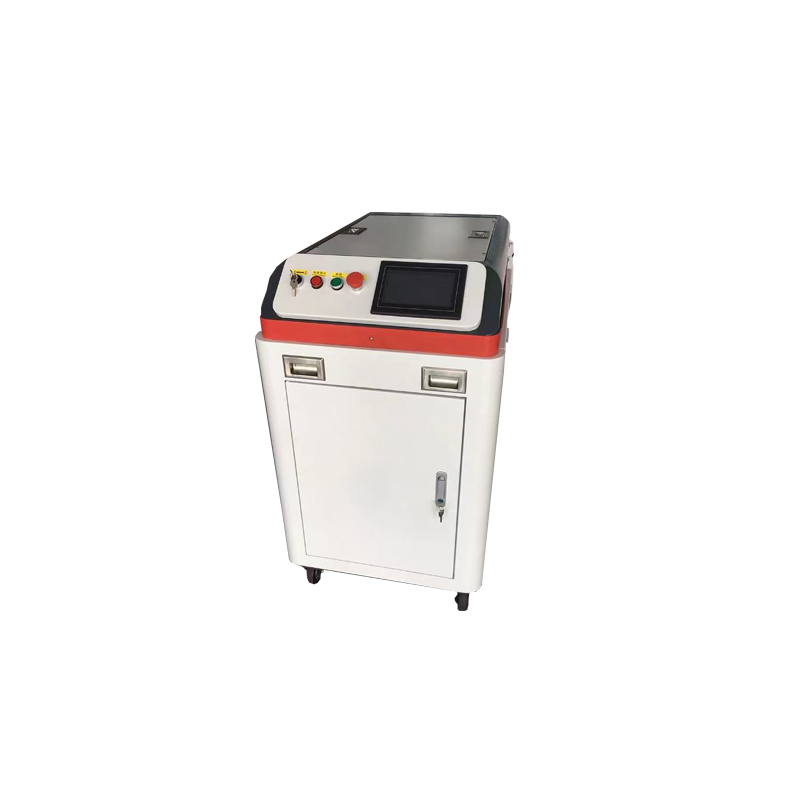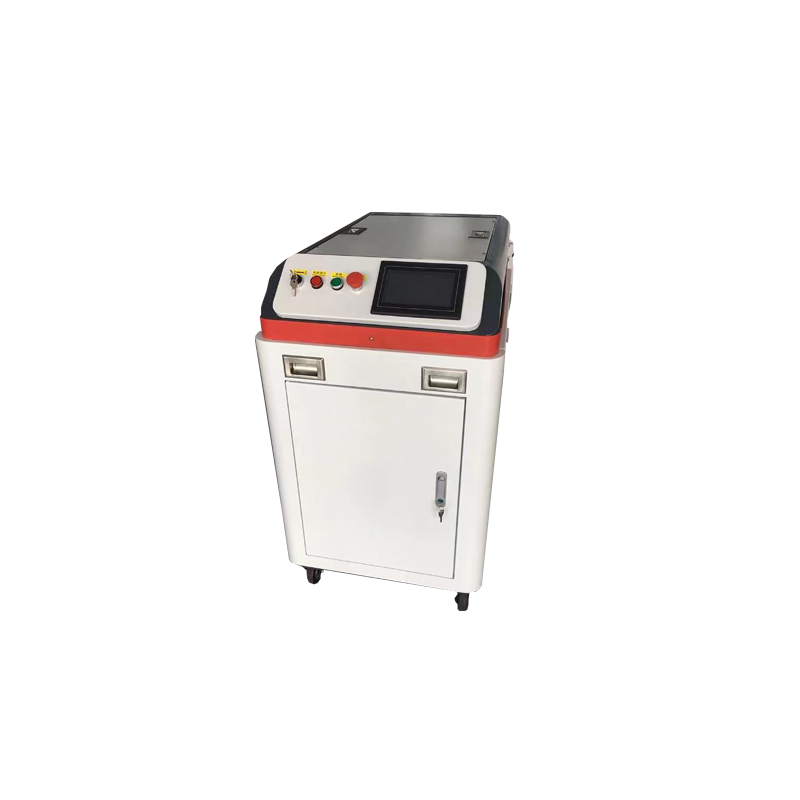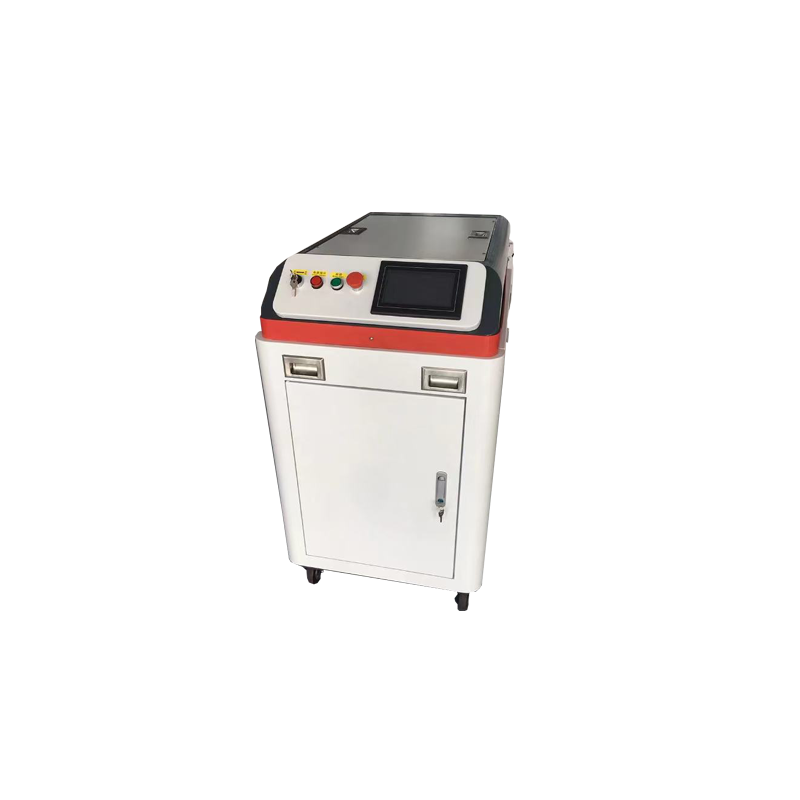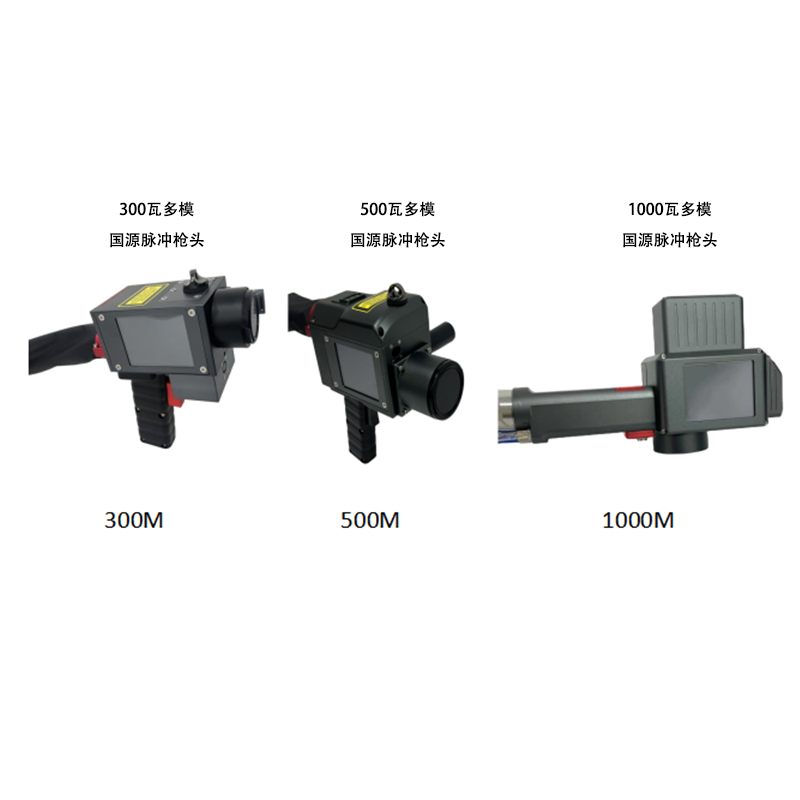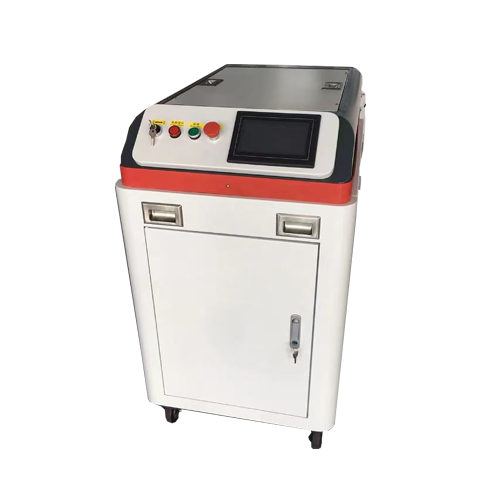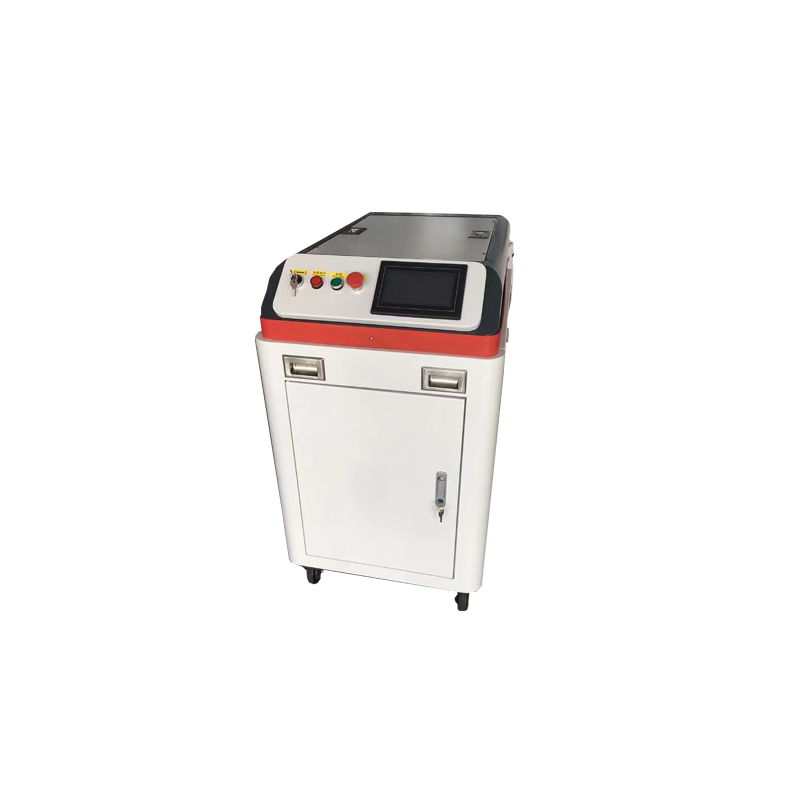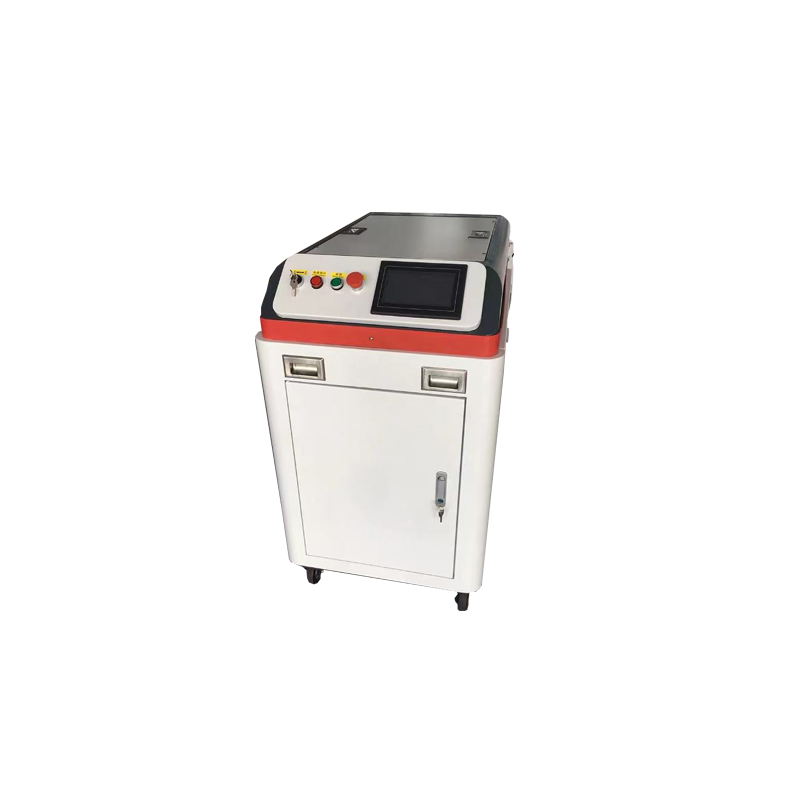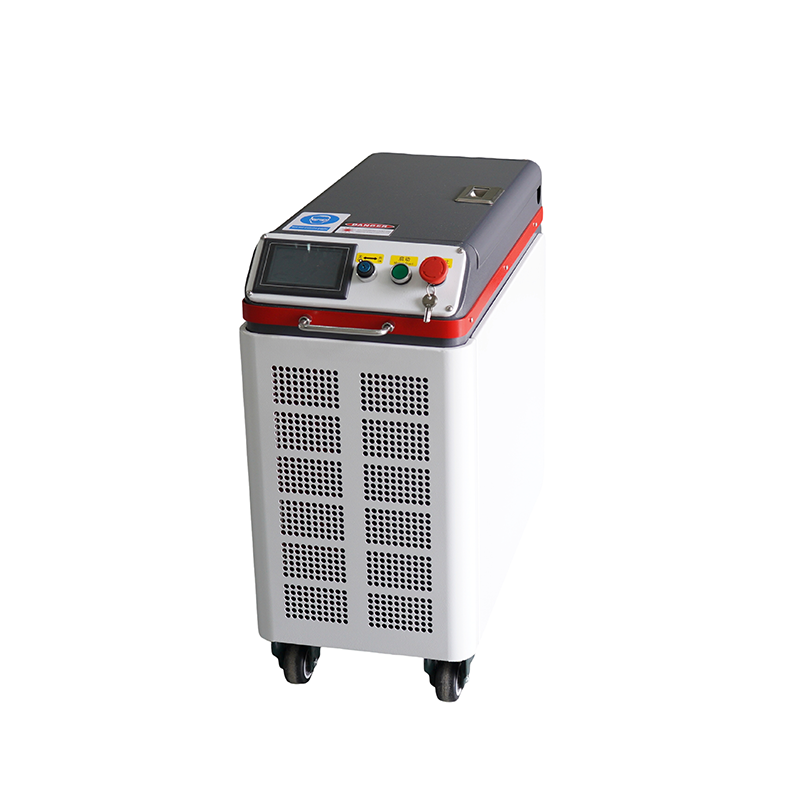Of course. The selection of the cabinet (more accurately termed the control cabinet or electrical enclosure) for a pulse-jet cleaning system is a critical decision that impacts the reliability, safety, and longevity of the dust collection system.
Here is a comprehensive guide to selecting the right cabinet for your pulse cleaning machine.
1. Core Functions of the Pulse Cleaning Cabinet
First, understand what the cabinet must do:
House Components: Protect the programmable timer (solenoid driver), relays, terminal blocks, power supplies, and sometimes solenoids from the environment.
Provide Power & Control: Distribute power to the solenoid valves that activate the diaphragms for each pulse.
Execute Cleaning Cycle: Accurately control the sequence, duration, and interval of the pulses based on set parameters (pressure drop, time).
Ensure Safety: Protect against electrical shock, short circuits, and in some cases, hazardous atmospheres.
2. Key Selection Criteria
A. Environmental Rating (NEMA or IP Code)
This is the most important factor. The cabinet's rating must match its operating environment.
NEMA 1 / IP20: Indoor, general purpose. Protection against accidental contact. Use only in clean, climate-controlled rooms.
NEMA 4 / IP66: Watertight and dust-tight. This is the most common and recommended rating for industrial environments. It protects against hose-directed water, windblown dust, and dirt. Ideal for most factory floors near the dust collector.
NEMA 4X / IP66: Same as NEMA 4 but made of corrosion-resistant material (e.g., 304 or 316 stainless steel, fiberglass). Essential for environments with washdowns (food, pharma, chemicals) or high humidity/corrosive atmospheres.
NEMA 7 / 9: For hazardous locations where explosive gases (NEMA 7) or combustible dusts (NEMA 9) are present. Required in facilities like grain mills, woodshops with high concentrations of explosive dust, or chemical plants.
B. Material of Construction
Carbon Steel (with painted finish): Economical, robust for indoor, non-corrosive NEMA 1 or 4 applications. Prone to rust in wet environments.
Stainless Steel (304 or 316): The premium choice for durability and corrosion resistance. Type 304 SS is standard for washdown and mildly corrosive areas. Type 316 SS is for highly corrosive environments (e.g., marine, chemical processing).
Fiberglass (Polyester): Excellent corrosion resistance, non-conductive, and lightweight. A good alternative to stainless steel for certain chemical environments.
C. Size and Capacity
The cabinet must be large enough to house all components with room for heat dissipation and future modifications.
Number of Solenoid Valves: This is the primary driver. Each valve requires a relay or an output from the timer.
Component Layout: Ensure there is enough space for:
The programmable timer.
Terminal blocks for power in/out and field wiring.
Relays (if not integrated into the timer).
Circuit breakers or fuses.
A master power switch or disconnect.
Wire duct for organized routing.
Rule of Thumb: After laying out all components, add 25-30% extra space for future additions and airflow.
D. Internal Components & Features
Programmable Timer (Solenoid Driver): The brain of the system. Modern digital timers are preferred over mechanical ones. Key features to look for:
Adjustable Pulse Duration: Typically 50-500 milliseconds.
Adjustable Cleaning Interval (Off-Time): Adjustable from 1 second to 99 minutes.
Differential Pressure Control Input: Ability to connect a dp sensor to initiate cleaning only when needed, saving compressed air.
Multiple Bank Control: For sequencing cleaning across multiple rows of bags/tubes to avoid overwhelming the compressed air supply.
Solenoid Valves: Can be mounted inside the cabinet (requiring air lines to be routed to it) or outside on the manifold (requiring wiring to be run to the valve). Internal mounting keeps valves cleaner but uses more air tubing.
Wiring: Use high-quality terminal blocks and clearly labeled wires. Consider using plug-and-play connectors for solenoids to simplify maintenance.
Door Features: A clear polycarbonate window allows for viewing status lights without opening the door. A door-mounted operator for the timer is a valuable feature.
E. Thermal Management
Electrical components generate heat.
Venting: For non-harsh environments, a filtered ventilation kit can be sufficient.
Air Conditioner (AC Unit): Critical for NEMA 4/4X cabinets in hot environments. Prevents overheating of timers and relays, which extends their life dramatically.
Heater: Required in cold climates to prevent condensation inside the cabinet, which can cause short circuits and corrosion.
3. Step-by-Step Selection Process
Assess the Environment: Is it dry, wet, dusty, corrosive, explosive, or outdoors? Determine the required NEMA or IP rating.
Count the Valves: Determine the total number of solenoid valves to be controlled. This defines the number of outputs needed.
Choose the Controller: Select a programmable timer with the required number of outputs and features (e.g., dp control, bank sequencing).
List All Components: Create a bill of materials including the timer, relays, terminal blocks, breakers, etc.
Size the Enclosure: Use the dimensions of all components to calculate the required internal volume. Don't forget to account for wiring space. Consult manufacturer sizing charts.
Select Material: Choose carbon steel, stainless steel, or fiberglass based on the environmental rating from Step 1.
Add Climate Control: Based on the ambient temperature range, decide if you need a vent, fan, air conditioner, or heater.
Consider Logistics: Ensure the cabinet has a practical mounting option (wall-mount, free-standing) and that its size and weight are manageable for installation.
4. Recommendation Summary Table
| Application Scenario | Recommended NEMA Rating | Recommended Material | Key Features |
|---|---|---|---|
| Standard Indoor Factory | NEMA 4 / IP66 | Painted Carbon Steel | Digital timer, basic relays, adequate sizing. |
| Food, Pharma, Washdown | NEMA 4X / IP66 | 304 Stainless Steel | Smooth surfaces, internal air conditioner, door-mounted timer. |
| Chemical, Marine, High Corrosion | NEMA 4X / IP66 | 316 Stainless Steel or Fiberglass | Corrosion-resistant all components, gaskets, and hardware. |
| Woodworking, Grain, Explosive Dust | NEMA 9 | Painted Carbon Steel or SS | Components rated for Class II, Division 1 or 2 hazardous locations. |
| Outdoor Installation | NEMA 4X / IP66 | 304 Stainless Steel | External mounting bracket, sun shield for AC unit, heater for cold. |
Pro Tip: Never underestimate the importance of proper climate control (an AC unit). Investing in a cabinet cooler is far cheaper than constantly replacing overheated and failed programmable timers.
For critical applications, it is often best to purchase a pre-assembled, tested cabinet from a reputable supplier or the dust collector manufacturer rather than building one from scratch. This ensures compatibility, reliability, and often comes with a warranty.

